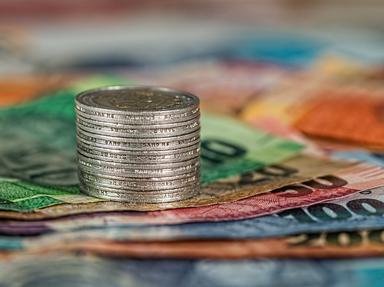Quiz Answer Key and Fun Facts
1. Japan issued a special ¥2,000 note in July 2000. What famous literary work is depicted on the back of this note?
2. What is interesting about the 2000 Millennium issue from Papua New Guinea?
3. A commemorative £5 note was issued in Gibraltar in 2000. The conventional image on the Gibraltar £5 is a building, but the 2000 £5 had a new image with the word "Millennium" underneath. What was depicted?
4. Which of these countries did NOT produce a commemorative millennium banknote in 2000, although it was one of the first to welcome the new year?
5. Fiji produced two commemorative millennium banknotes. What were the not so surprising denominations?
6. Which country issued a special ¥100 millennium commemorative banknote featuring a dragon from the Nine Dragon Wall?
7. Malta's millennium series included £2, £5 and £10 notes. Which of these landmarks did NOT appear on any of these notes?
8. Who is featured on the 2000 Singapore $2 millennium commemorative note?
9. What made Slovakia's millennium banknotes different from the standard banknotes issued in other years?
10. In 2000, Estonia issued a new 500 krooni note with the same person on the front and the same animal on the back as the previous version, but in a different colour. Who was the person and what was the animal?
Source: Author
wellenbrecher
This quiz was reviewed by FunTrivia editor
Bruyere before going online.
Any errors found in FunTrivia content are routinely corrected through our feedback system.
